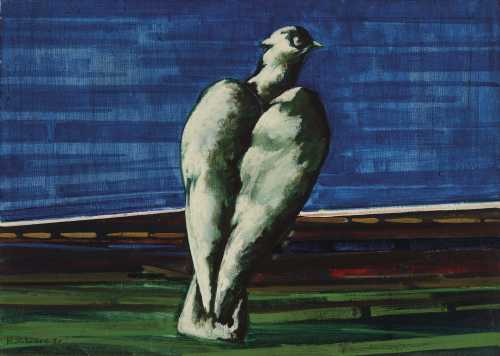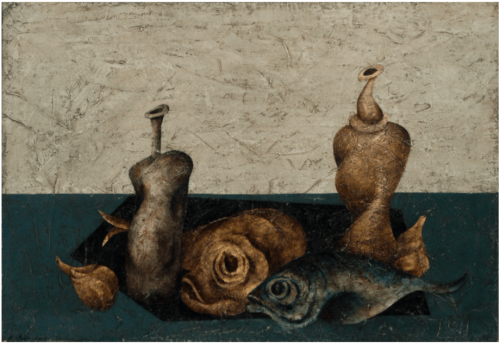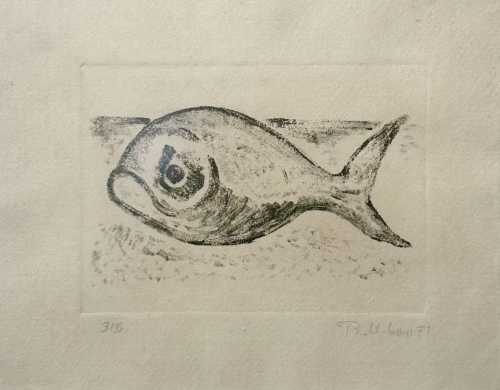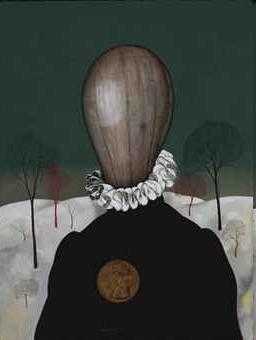- Untitled 1970
- Oil on canvas
- Painting
- 70 * 50 cm
- signed and dated ‘B. Mohasses 70’ (lower left); signed twice and dated ‘Bahman Mohasses 1970’ and signed and dated in Farsi (on the reverse)
Auction Histories
Sell at
-
Auction House
23 March 2019
Realized Price
Artwork Description
“Where O where in this dark night should I hang my coat…”
Nima Yusheej
The following two lots are exceptional works from the 1970s by Bahman Mohassess, a pioneering Iranian artist, whose avant-garde style has been recognised and appreciated globally. Featured at the Tate, British Museum, and most recently at the Musée d’Art Moderne de la Ville de Paris in the Unedited History, Iran 1960-2014 exhibition, Mohassess’s paintings have left a strong imprint on Modern Iranian art. Despite his notable and acclaimed global presence, he was a troubled and misunderstood artist who rejected his national artistic visual heritage throughout his oeuvre. He destroyed large numbers of his own paintings, making his works all the more rare.
Mohassess’s inspiration was wide ranging; both an artist and a poet, he admired Picasso, Henry Moore and Alberto Giacometti, interpreting them through the muscularity of forms seen in his works. He translated into Persian the works of Malaparte, Pirandello, Calvino, Ionesco and Genet and directed several plays. His artistic oeuvre highlights his interest in theatre, mythology, tragic heroes and cinema. Morad Montazami speaks of how Mohassess’s works are an intersection of Greek mythology, existentialism, the psychology of forms and contemporary Iranian poetry. His ability to attract viewers into his imaginary yet surrealist world has shaped his life and his works to be all the more intriguing.
Mohassess envisaged the destruction of the individual within Iranian society during the the time of Mossadeq. His oeuvre reflects the inherent ‘nothingness’ of contemporary culture and humanity’s consequential condemnation. His works link with the passionate readings of poet and friend Nima Yousheej, whose verses speak widely of the torment and repression felt in Iranian society during the early 1950s. Mohassess’s meticulous dissection of the human form into a cosmological view inspired by that of Ebrahim Golestan. Modernity is simultaneously seen as a destructive and regenerating force that interprets political events as natural catastrophes. Consequently, his works force the modern viewer to question his own destiny, particularly Iranian citizens and their place within their political and social millieu.
Mohassess’s cosmologically-driven philosophy also addresses current ecological travesties, which for him are as meaningful as political and social issues. His repetitive obsession with the tragic ecological dramas surrounding him is encompassed in Marée Noir; where the lifeless bird, eternally petrified in petroleum, speaks of the disasters lying in the weight of human hands. In a world where the skies are without birds, the seas are left without fish and predators are doomed to extinction, the human ‘super-predator’ has wiped out the entire wildlife and frozen the atrocity of mankind in a series of unique sculptures. For Mohasses, in an era of drastic social and environmental change, the wealth and corruption from the oil industry has turned the birds and fish to hard stone, as one can observe in Marée Noir. Both subjects for Mohasses are deeply linked. In the late 1960s an accidental oil spill, which affected both Spain and Greece, profoundly moved. He was the messenger of the political tragedy resulting from the black gold. This 'Dutch syndrome' as he saw it, destroyed the environments surrounding him and the social aspirations of his time. Paradoxically, even though oil mostly has a destructive effect, Mohasses also saw it as a substance that can produce infinite patterns.
Untitled, is a captivating and enigmatic depiction of a daunting Hitchcockesque bird, sitting and staring mysteriously at the viewer. Once again, the theme of the bird reflects Mohasses's inventiveness. The disturbing gaze of the bird, looking at the past, can be interpreted as a testimony to wildlife and its precariousness. Birds, like many other animals present in his work, represent the struggle and dislocation of a whole species.
Mohasses never compromised, firmly holding to his beliefs until the very end, being one of the only artists who tried relentlessly to bring the beauty out of the ugliness of his world. The sheer power of Mohasses’s unforgettable paintings illustrate his complicated psyche which have transformed him into one of the most acclaimed and fascinating Iranian artists of the 21st century.
A pioneer and influential Iranian artist since the 1960s, Bahman Mohasses was a reclusive artist who mingled with only a few peers, constantly fighting his own demons through life, art and poetry. Known for his dreamlike compositions of semi-human, semi-abstracted figures, he was passionate about Antiquity with its concepts of fragments, waste, ruins, but he also explored the art of the Renaissance and reflected upon the themes of Eros and Pathos throughout his art and career. A distressed artist, he burned and destroyed a great number of his paintings, collages, drawings and sculptures, leaving behind only a handful of works. Other works created before the Iranian Revolution were intentionally destroyed by officials as they were said to be decadent and socially provocative.
Growing up in his native town of Lahijan, an area off the Caspian Coast, initially inspired Mohasses to engage with his surroundings, painting birds, fish, fishnets and the sea. In the present work, the artist abandons any form of perspective, and challenges our notions of space and time, choosing to depict the bird not in flight, but with its shaded contours and form as if it were a sculpture itself, immobile within a fixed position. This is very much like the nature of the artist’s disposition, making the present work a unique sentiment of expression of the artist’s personal life that is embedded in his distinctive style of works.
Realized Price
131,158 USD
Min Estimate
69,375 USD
Max Estimate
93,933 USD
Average Artwork Worth
+57.843%
Average Growth of Artwork Worth
Sales Performance Against Estimates
Average & Median Sold Lot Value
2021 - 2025
Performance vs. Estimate
2021 - 2025
Sell-through Rate
2021 - 2025
Similar Artworks
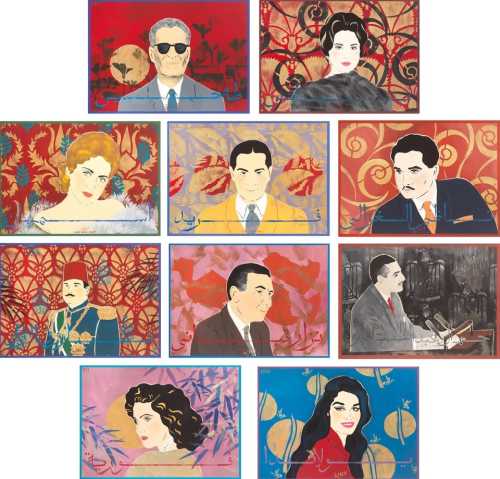
Icons of Arabia
Estimation
£50,000
64,809 USD
-
£80,000
103,694 USD
Realized Price
£76,600
99,287 USD
17.846%
Sale Date
Bonhams
-
13 November 2024
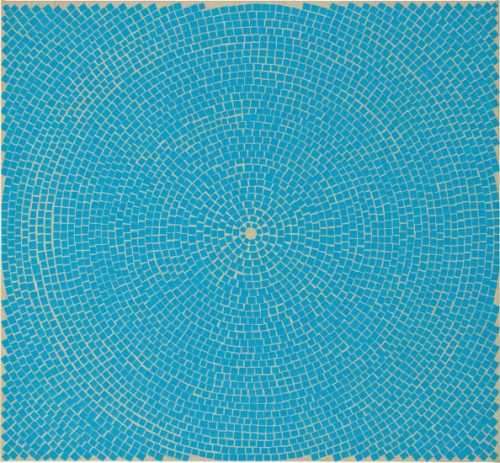
Blue Dome II
Estimation
$30,000
-
$50,000
Realized Price
$69,850
74.625%
Sell at
Sale Date
Phillips Auction
-
16 May 2023
